What Is a Solar Power Generating System? | Complete Guide
What Is a Solar Power Generating System? | Complete Guide
Solar photovoltaic (PV)cells / modules generate electricity from sunlight, which can be fed into the mains electricity supply of a home/industry/building or sold to the public distribution company connected to the grid. This will Reduce the need for generation through fossil fuel technology. More and more solar energy systems on roof top will help create jobs, enabling home/industry/building to save money, and cut greenhouse emissions/ pollution.
PV modules use semiconductor materials (usually silicon) to generate DC electricity from sunlight. A large area is needed to collect as much sunlight as possible, so the semiconductor is either made into thin, flat, crystalline cells, or deposited as a very thin continuous layer onto a support material, usually glass. The cells are wired together and sealed into a weather proof module, with electrical connectors added. Modern modules for grid connection usually have between 48 and 72 cells and produce dc voltages of typically 25 to 40 volts, with a rated output of between 150 and 300 Wp solar panels . Then these panels are combined to give a certain voltage and current to be fed to an inverter which will then convert DC to AC electricity to be further used for energy/power needs of a home/industry/commercial building.
Grid-tied PV systems for producing/generating electricity are installed on the rooftop or ground in or around a building. This can also be taken up at a land that could’nt be used for other purposes like agriculture. Ideally the PV faces towards the equator and the exact direction is critical otherwise there is loss of production of solar energy. However, it is important to make sure that there is minimal shading of the PV. If the PV electricity production exceeds building demand then the excess can be exported to the grid, and vice versa. With net metering being permitted by govt in almost all states , clients are billed on net of export and import of electricity.
A typical grid connected system rated at 1 kWp requires an area of about 10 m2. However if the roof is slanted tin shed ( mostly industries have slanted roof of tin shed)and south facing then the area required reduces to 7 sq mts.
Suggested Articles

PM Surya Ghar Muft Bijli Yojana 2025: Online Registration Made Simple
PM Surya Ghar Muft Bijli Yojana 2025: Learn how to register online and get free electricity under this government scheme.
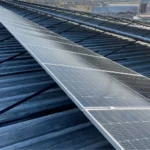
UPNEDA Solar Subsidy 2025: How to Maximize Savings on Rooftop Solar
Discover how the UPNEDA Solar Subsidy 2025 can help you cut electricity costs and make rooftop solar more affordable. Learn about eligibility, subsidy rates, and the step-by-step application process.
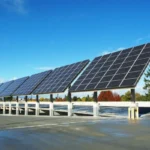
Should You Switch to Solar in India? Complete Guide
India has become a hot-selling solar market and people are interested in installing solar systems in their homes as well as in industries and factories.
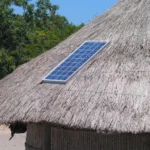
Solar Energy Myths vs. Facts: What You Should Know
Solar power myths often mislead homeowners. Learn the facts about cost, efficiency, and reliability of solar energy.
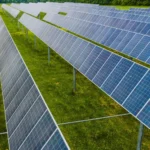
Complete Guide To 100 kW Solar Setup Cost And Benefits In Uttar Pradesh
Planning to install a 100 kW solar power plant in Uttar Pradesh? This guide covers everything — from installation costs and available subsidies to long-term savings and payback time. Learn how investing in solar can reduce your electricity expenses and support a sustainable energy future for your business.
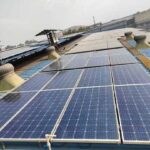
How to Calculate Savings from Rooftop Solar Solutions: A Complete Guide
Calculating savings from rooftop solar solutions is essential for planning your investment. This guide explains how to estimate cost reduction, return on investment, and long-term financial benefits for residential, commercial, and industrial solar projects.
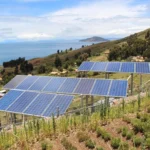
Save on Electricity in Haryana Using Net Metering: A Complete Guide
Learn how to save on electricity in Haryana with net metering. Step-by-step guide on benefits, installation, and cost savings for your home or business

Agrivoltaics: Merging Solar Power with Farming
Discover how solar batteries store excess energy, maximize your solar system’s efficiency, and provide reliable power during outages. Learn about the types, benefits, lifespan, and maintenance tips to make the most of your solar investment.